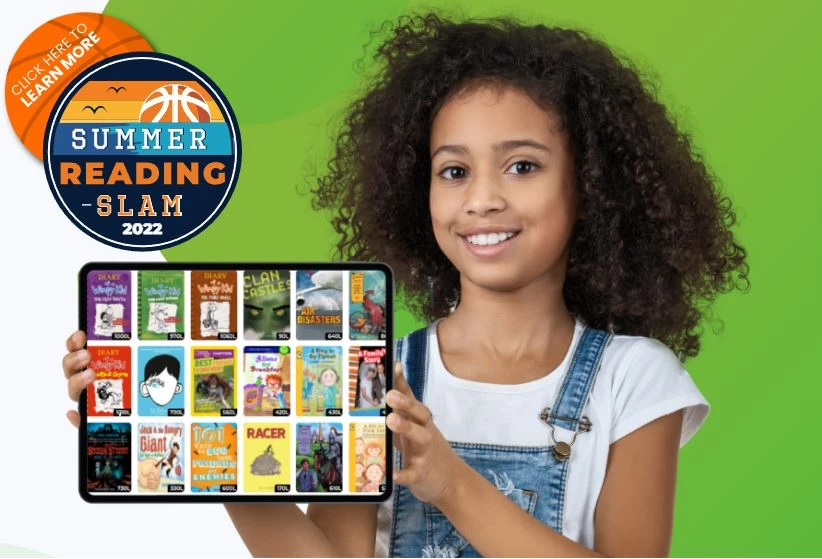
Students that are initially struggling with reading will often quit trying to improve because of the constant frustration they are facing. It can be difficult to watch classmates reading fluently without any issues and at the same time, that struggling student is dreading the moment he has to read aloud to the class.
As educators, we need to look at these students as a chance to really make a difference in someone’s life. If you can enhance their literacy skills and strengthen their shortcomings, you are opening up a whole new world to them.
How to Initially Help Struggling Readers
If you know a student is having a tough time with their reading skills, the last thing you want to do is embarrass them in front of the class. Instead, work with them in small groups or individually while the rest of the class is doing a “free read” or working on some other assignment. Use research-based strategies and activities that will improve their fluency and will only take 10 to 15 minutes a day.
LightSail: Reading Programs for Struggling Readers
There are plenty of available reading programs for students of all ages. Most focus on phonics and decoding, leveled readers, sight words, and increased reading time during the day. All of these are successful strategies for helping struggling readers. When used in combination, they often yield the best results.
LightSail is currently being utilized by school districts across the globe. It truly is an adaptive literacy experience as it enables each student, regardless of reading level, to read, write, learn, and grow.
Through LightSail’s Personalized Reader, students are provided with 60 different tools that can make the process of reading easier. As it customizes the eReader to each individual student’s needs, it enables even the most struggling readers a better chance to succeed. A few of the feature highlights are:
- Adjustable viewing pane of one, three, or five lines of text at a time. Perfect for students who have trouble with concentration issues.
- Change the color of text and background.
- Adjust text font and size.
- Karaoke mode where the text lights up while the student reads.
- Artificial intelligence (AI) book read aloud with a variety of voices to choose from.
Intervention Strategies for Struggling Readers
As mentioned above, using a combination of intervention strategies will generally yield the best results for a struggling reader. Listed below are some of the more well-known intervention strategies that can be completed as a class, in small groups, or one-on-one.
- There are plenty of systematic and sequential phonics and decoding programs to use with students. Each lesson will build off of the previous lesson in a sequential order. These can often be completed in 10 to 15-minute sessions.
- Fry’s Instant Sight Words is a list of the most commonly used words in the English language in all types of text. For instance, the first 25 words on the list make up 25 percent of all written text. If younger students can learn the first few hundred words, they will be off to a great start.
- It may seem quite simple, but just increasing the amount of time a child has to read each day will do wonders. The chances are they are having a difficult time because they just have not had enough time to practice their reading skills. Through LightSail, the comprehensive online literacy platform, students will have access to thousands of books in mere seconds.
- Repeated readings will also provide the students confidence. Choose some short books or passages for students to read aloud a few times. They may grapple with the text initially, but by the third or fourth time, they will be reading fluently. This can transfer over to other text as well once their confidence grows. Again, LightSail can be used for repeated readings as they have books available for every reading level.
Don’t Forget to Benchmark and Monitor Through LightSail
As educators, it is essential we document a student’s progress. After all, we just can’t plainly state that a student has improved. We need qualitative and quantitative data to back up our claims to parents and administration. Also, we want to be able to show the student how far they have come along.
There are numerous ways to benchmark and monitor.
- LightSail provides benchmark and monitoring tools for students through recorded running records for fluency, rubric assessments, and cloze assessments for comprehension. It is handy to use as you can quickly determine each individual student’s improvement in both areas of fluency and comprehension in moments.
- Audio recordings can be utilized as well through LightSail. Simply record the child reading the same passages over time and then monitor their words per minute, accuracy, and expression.
Posted on 11.Nov.21 in Literacy Strategies



